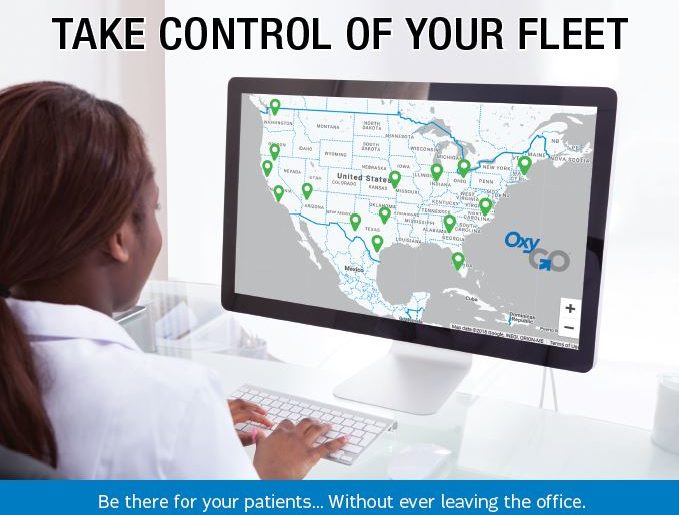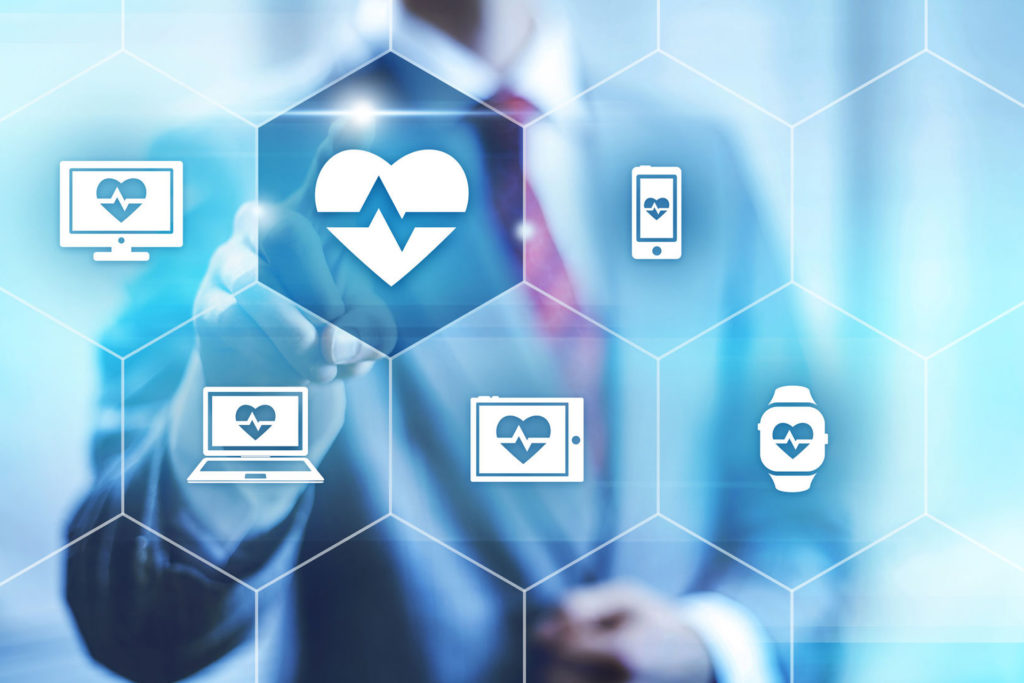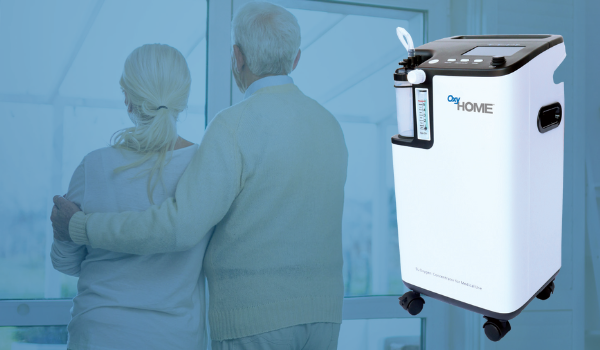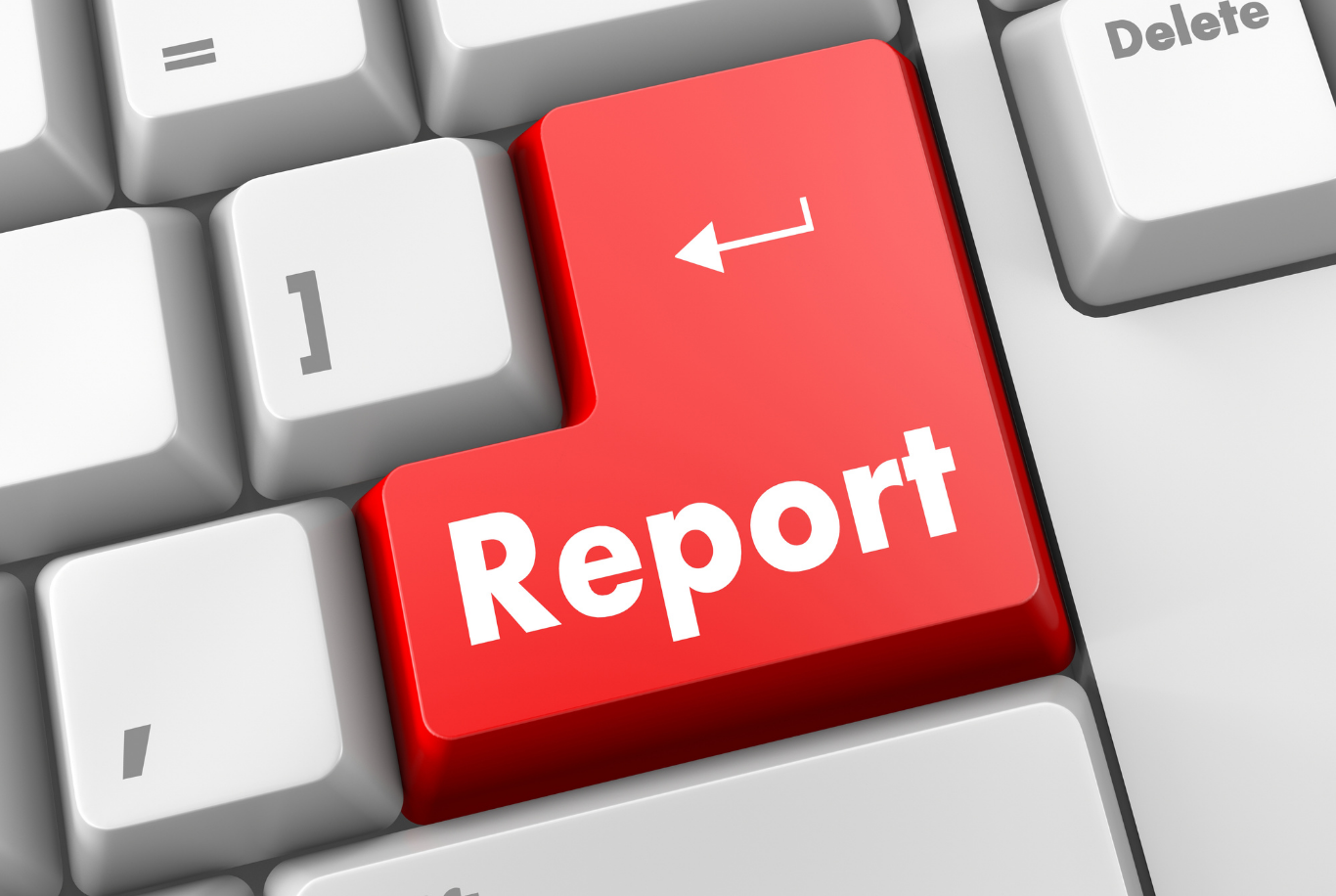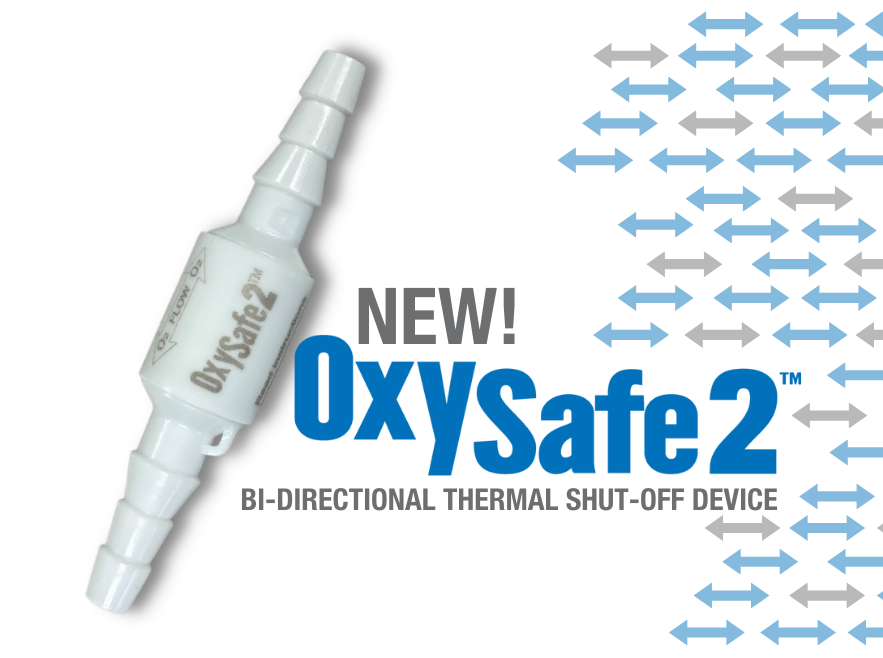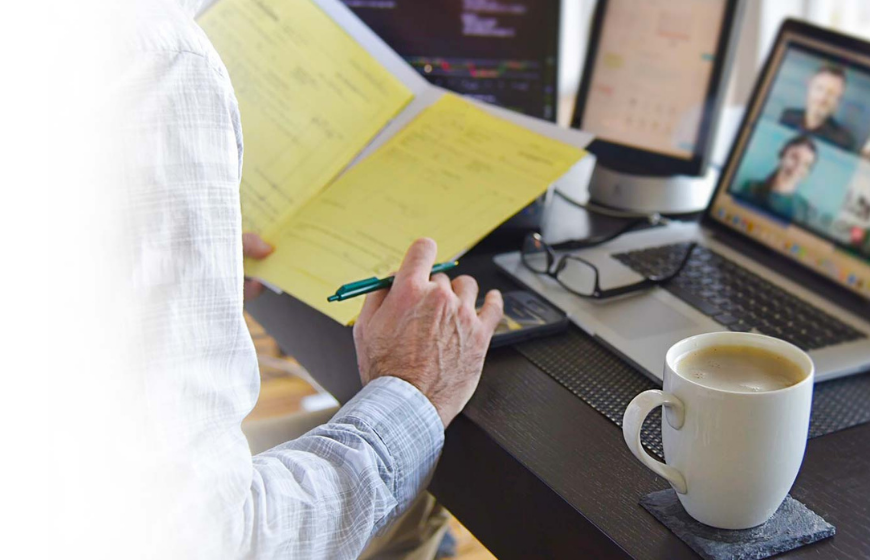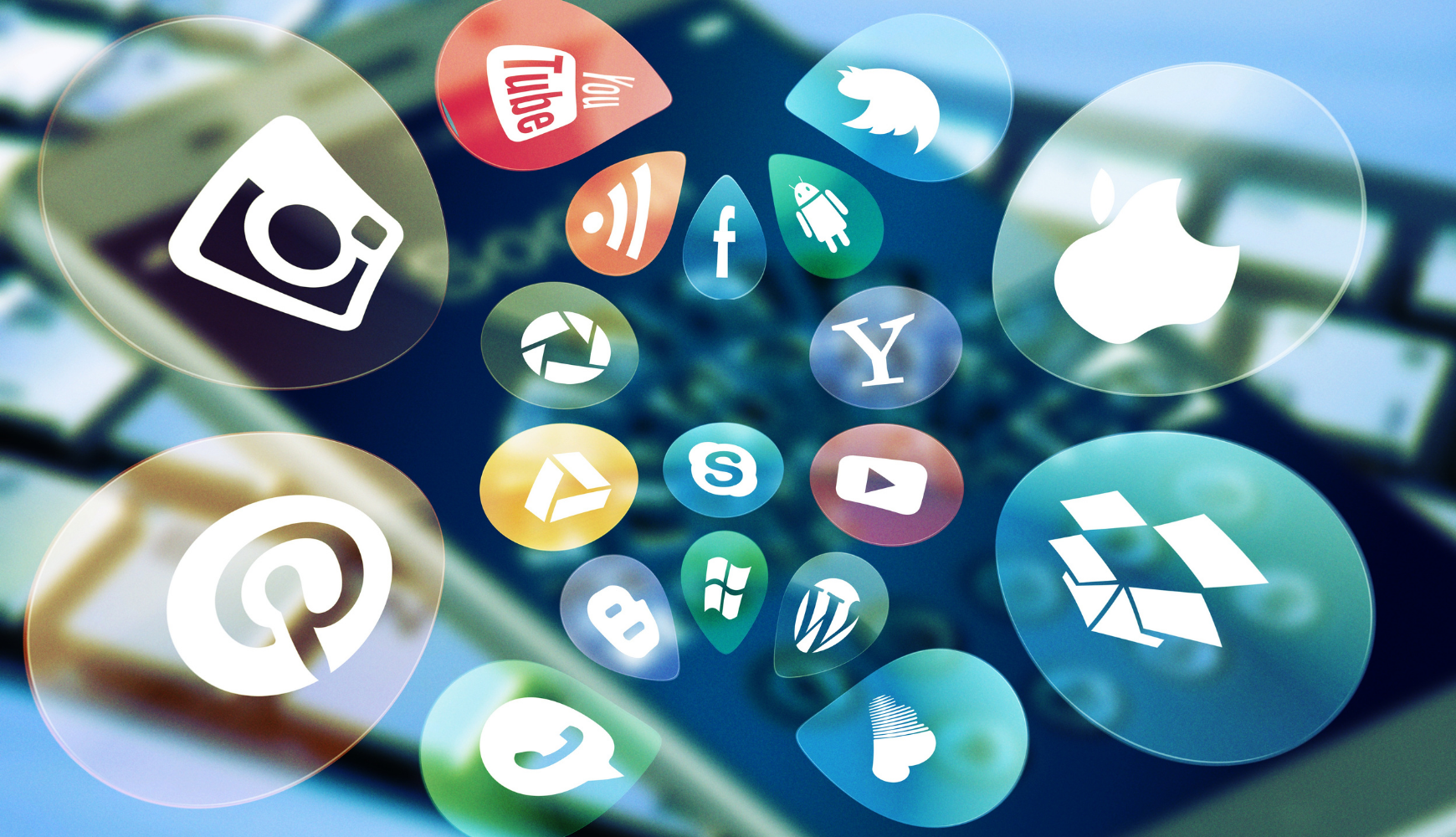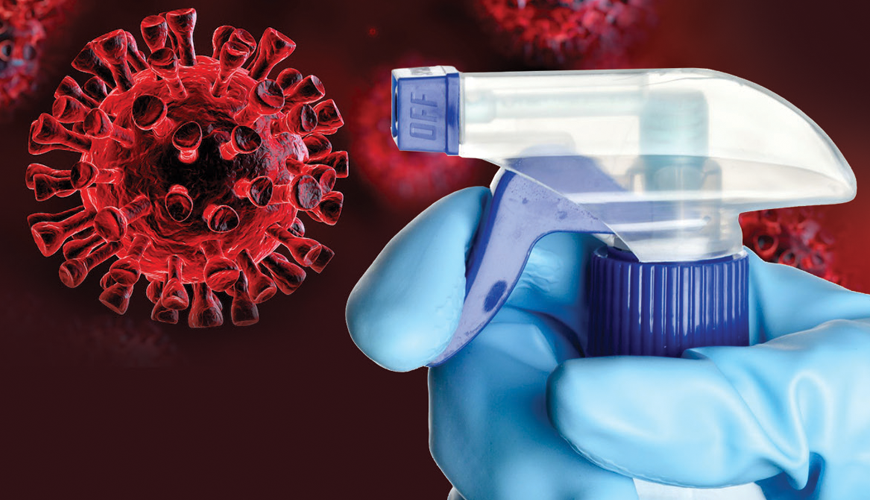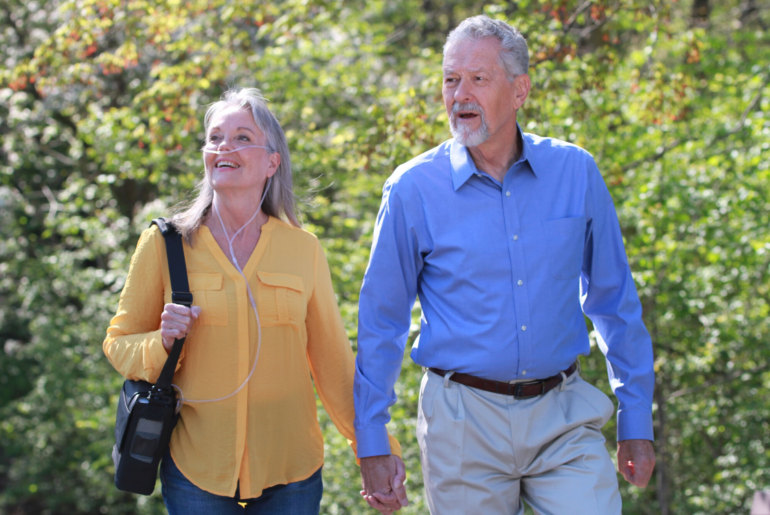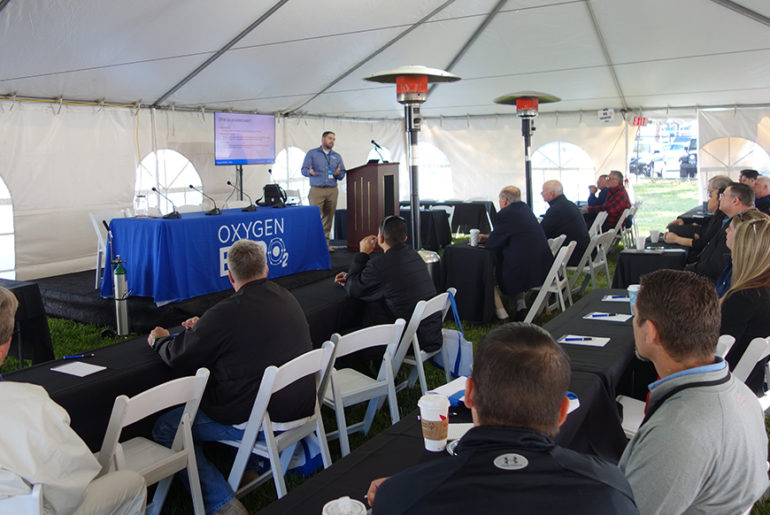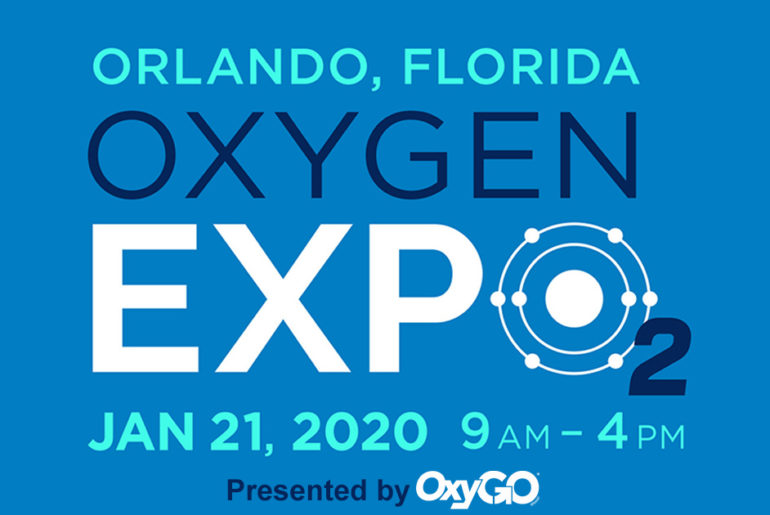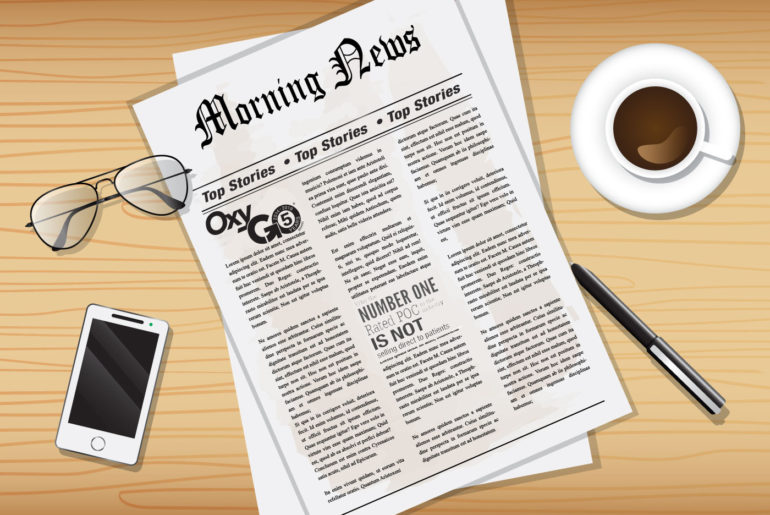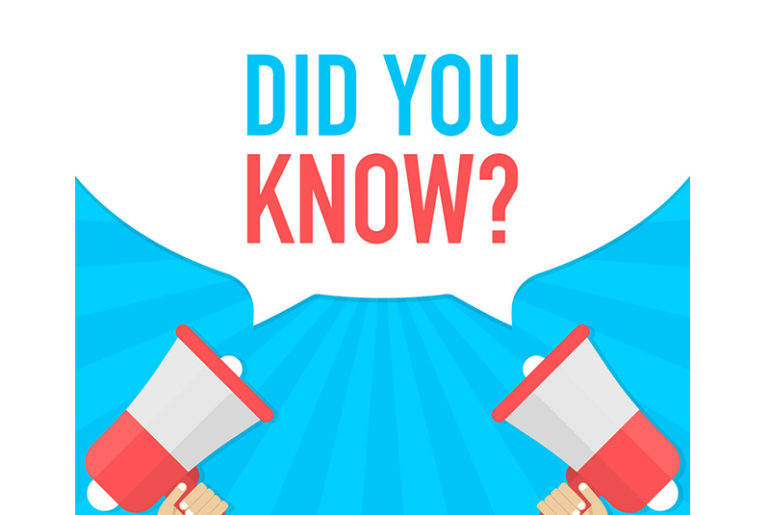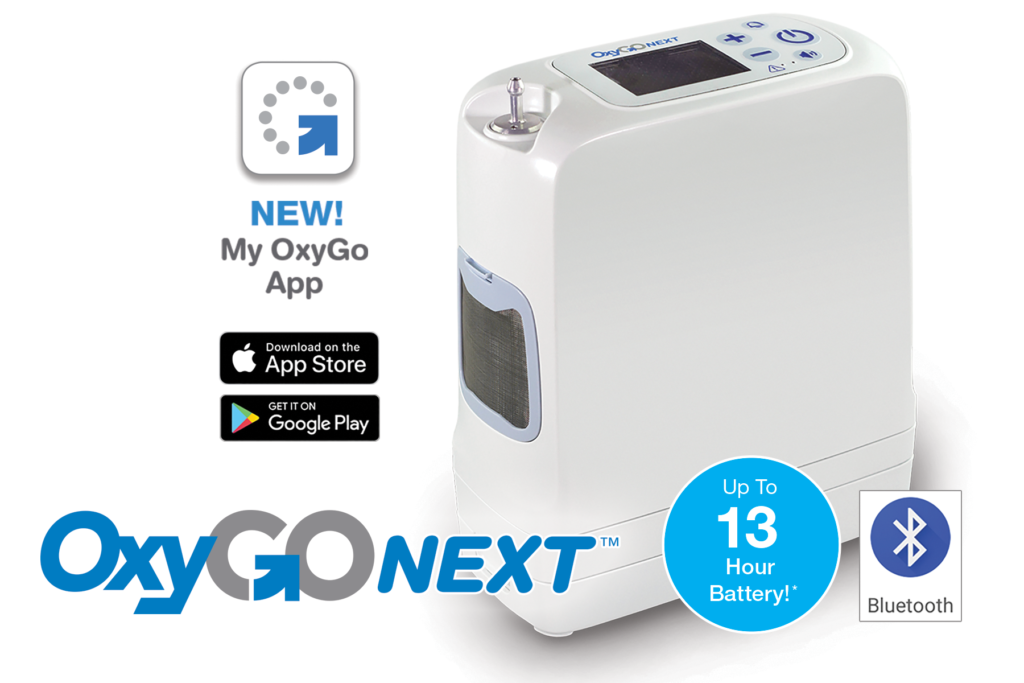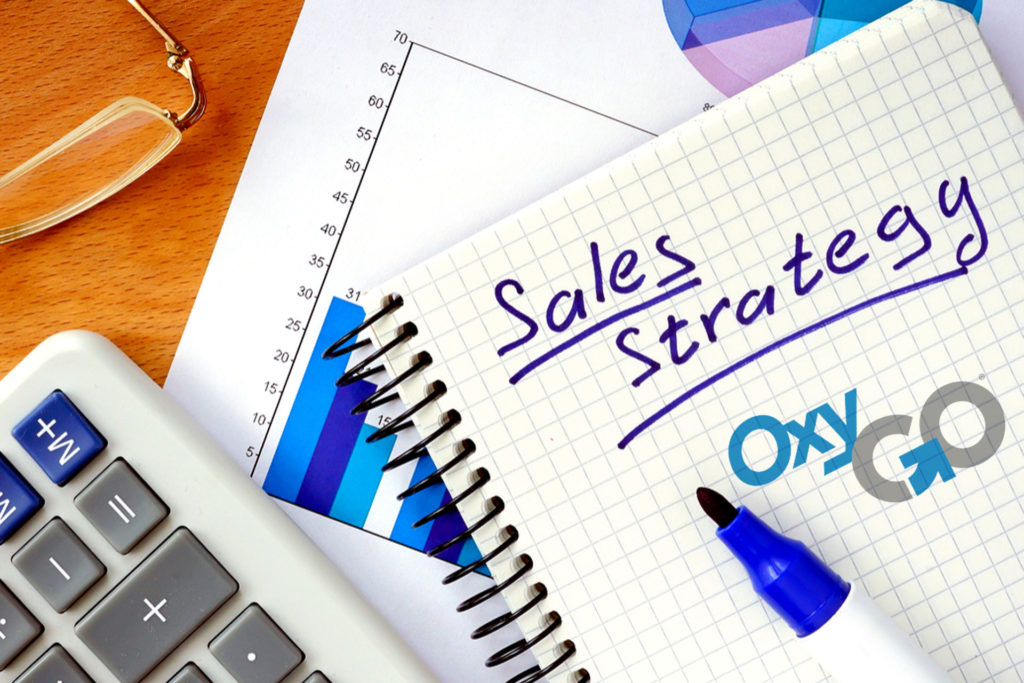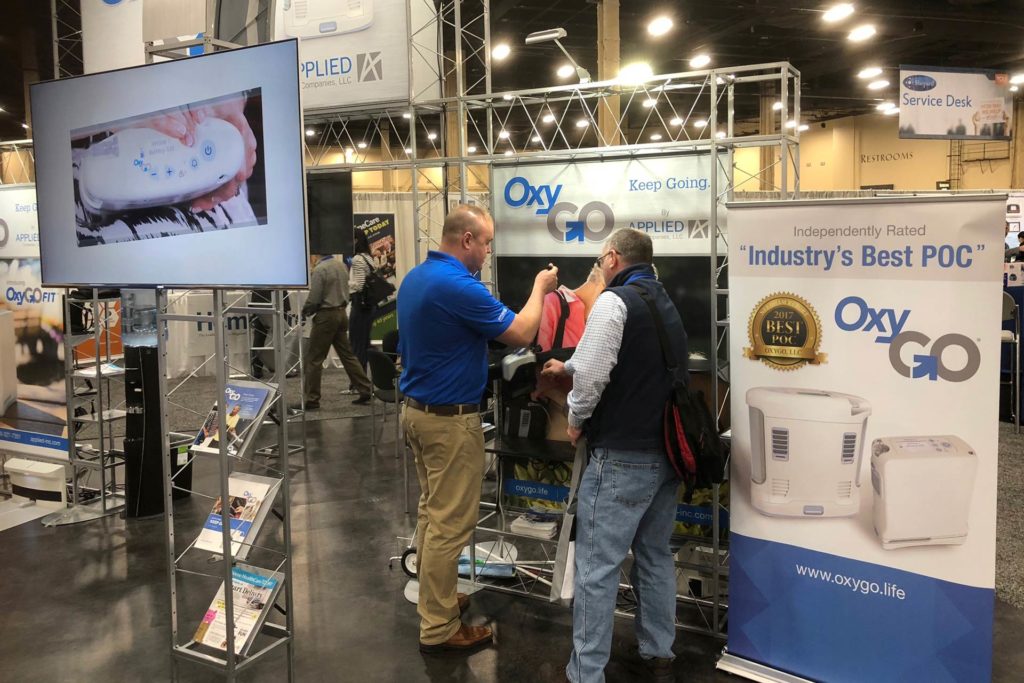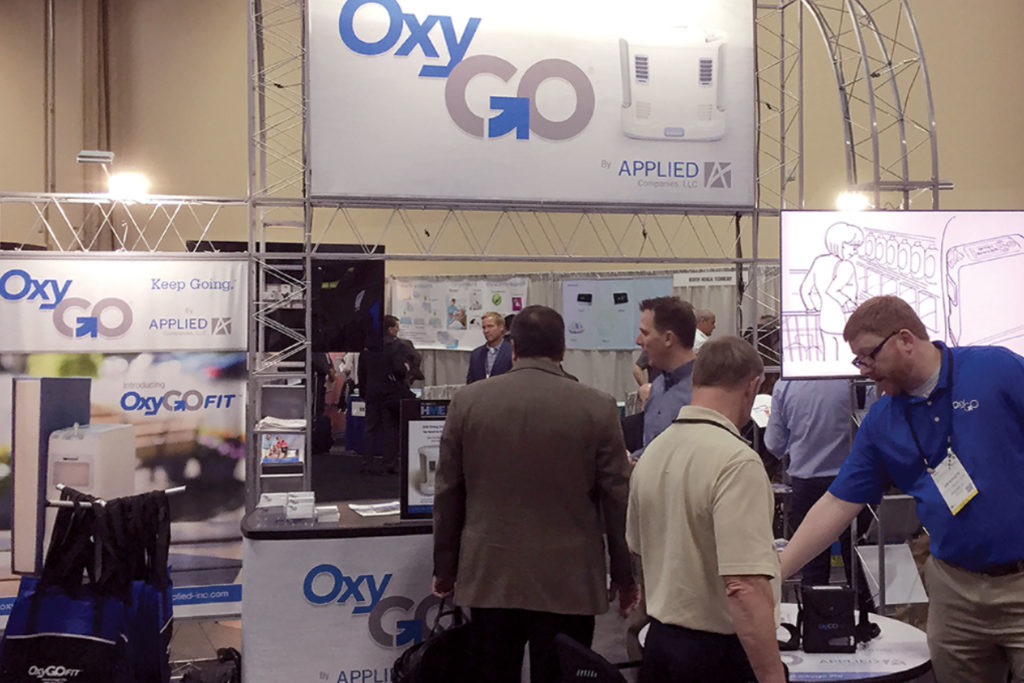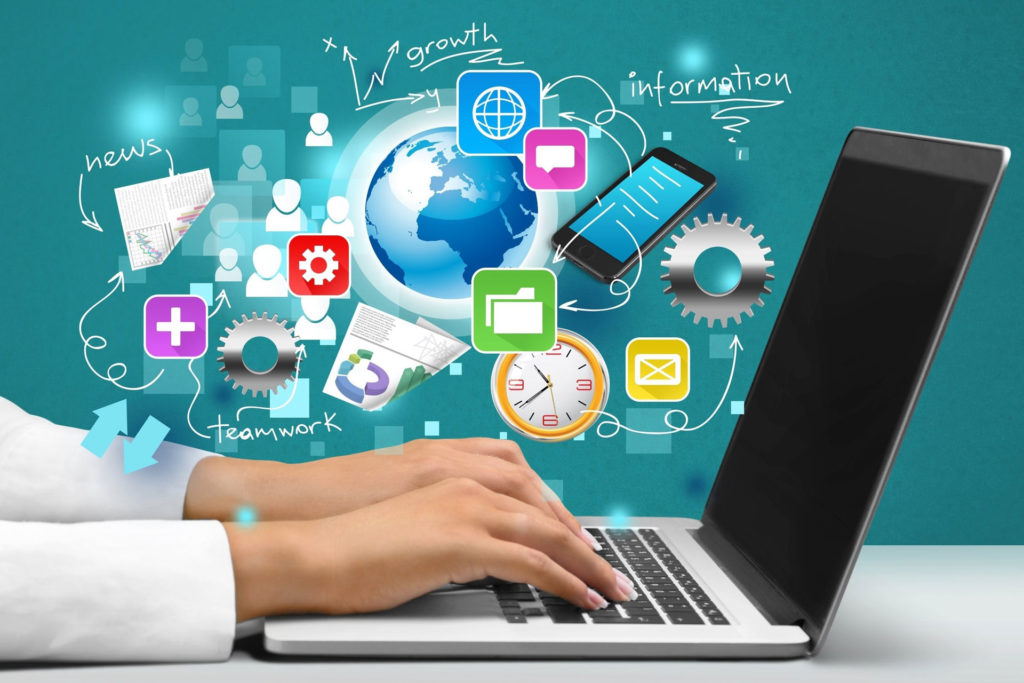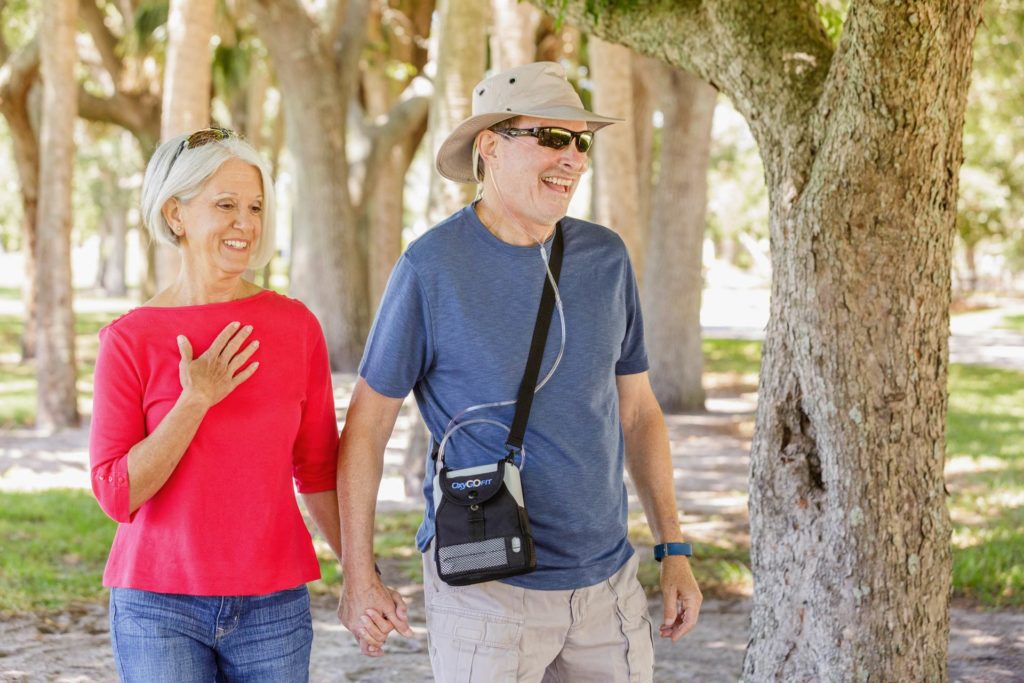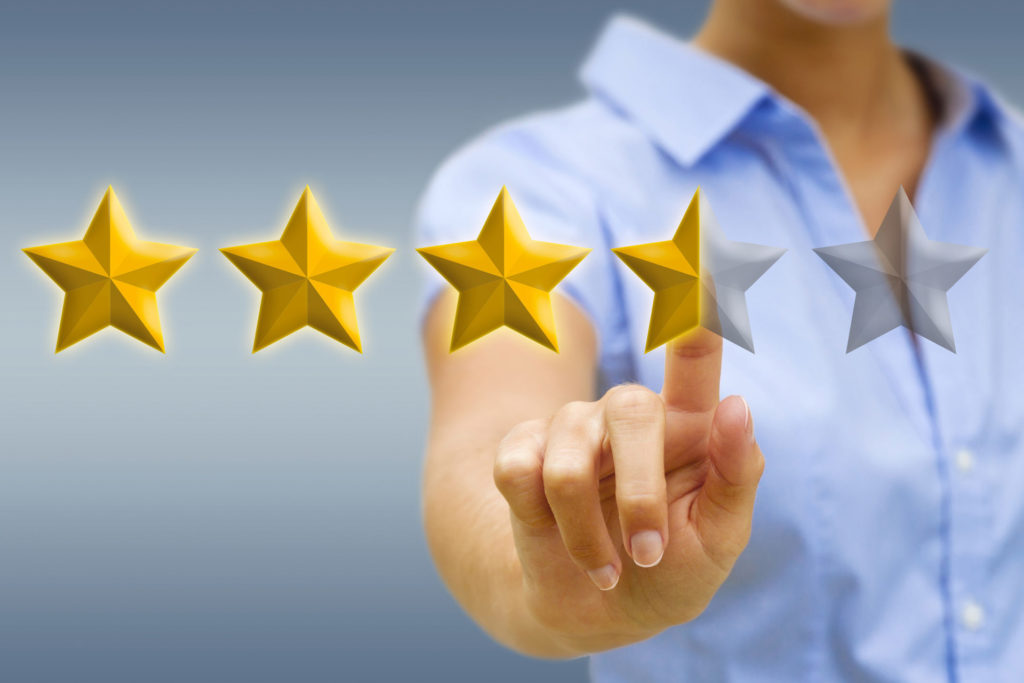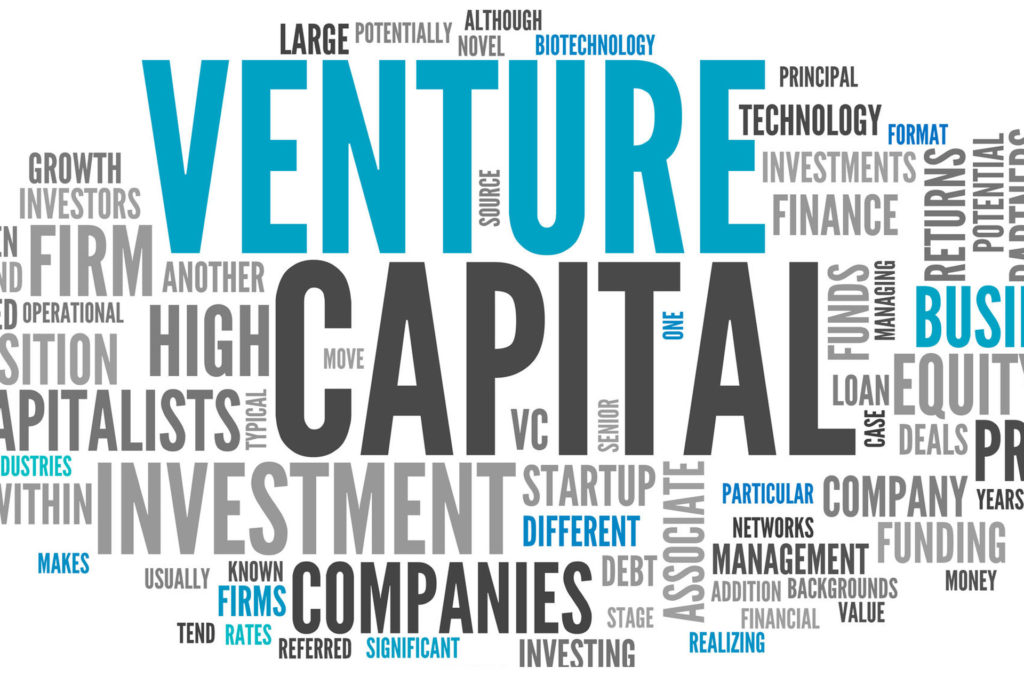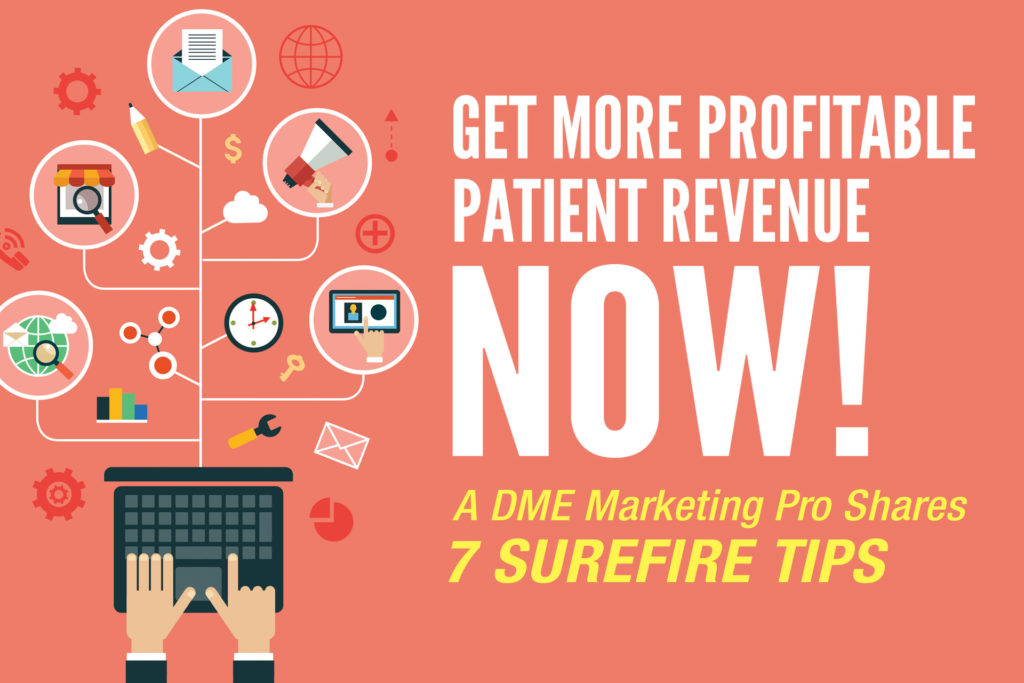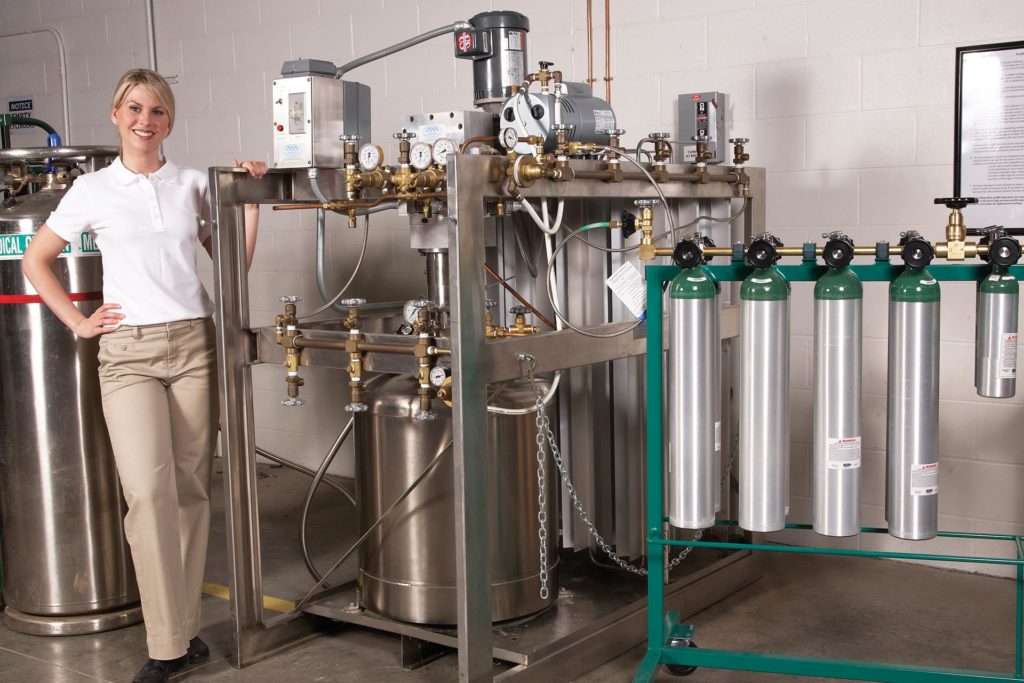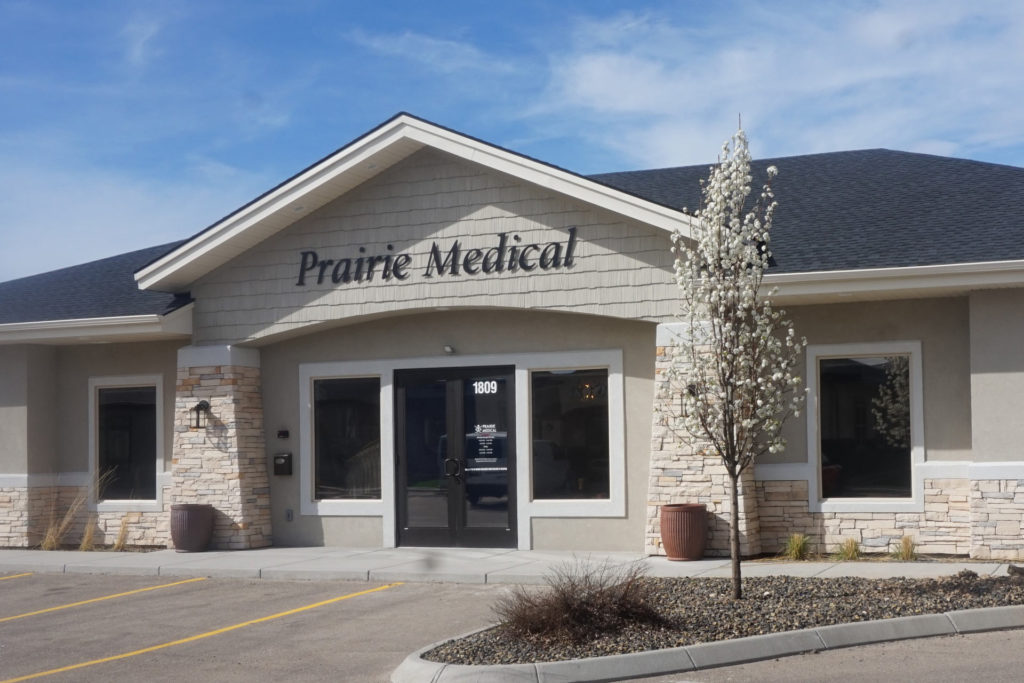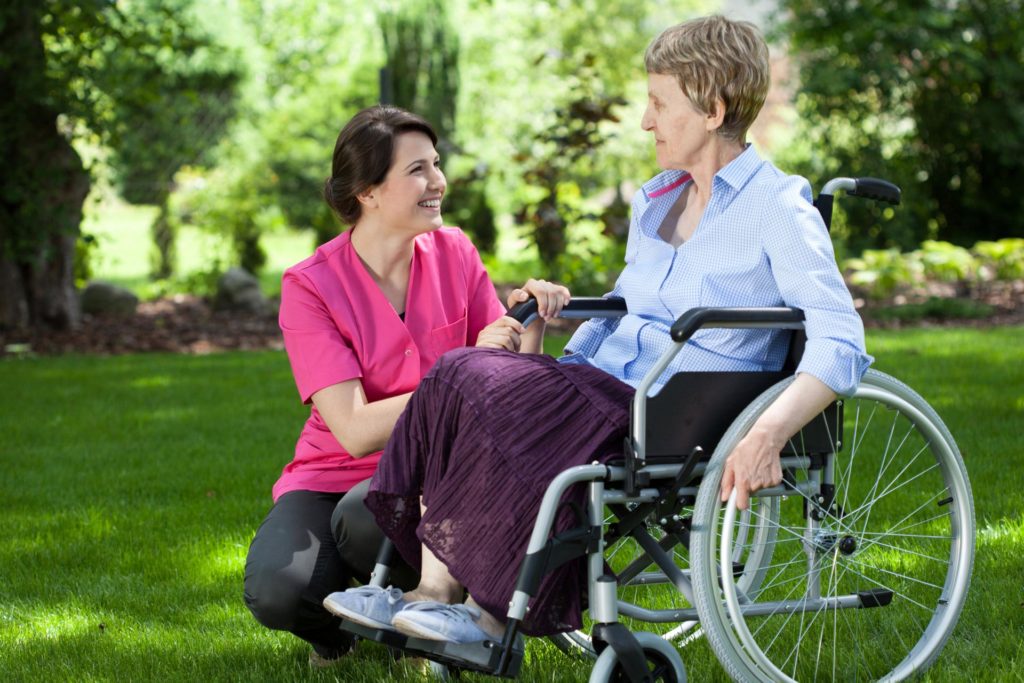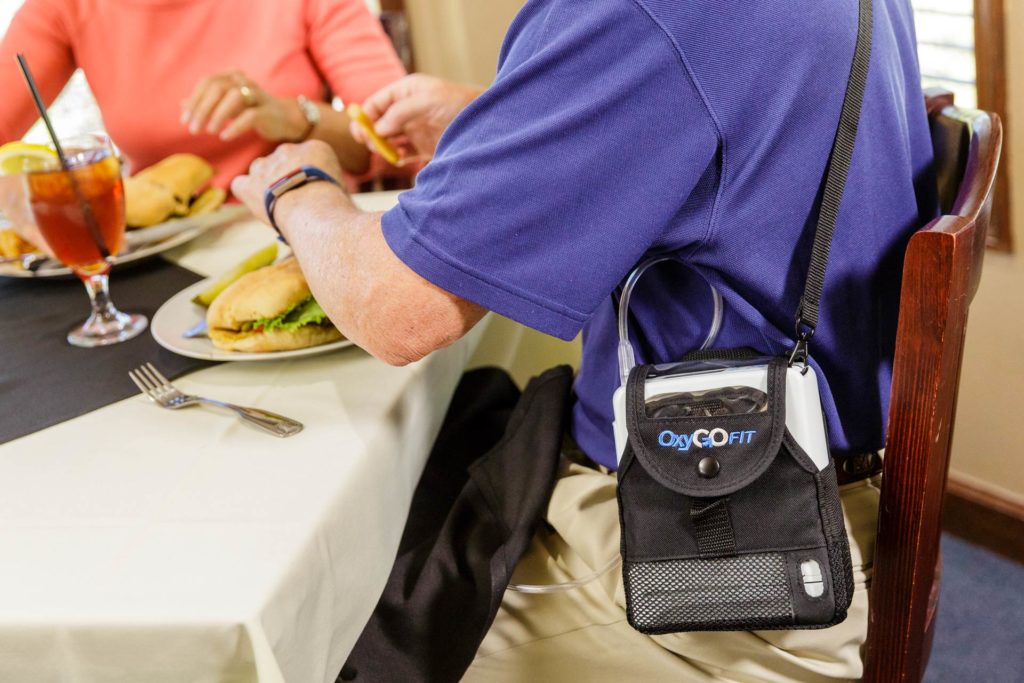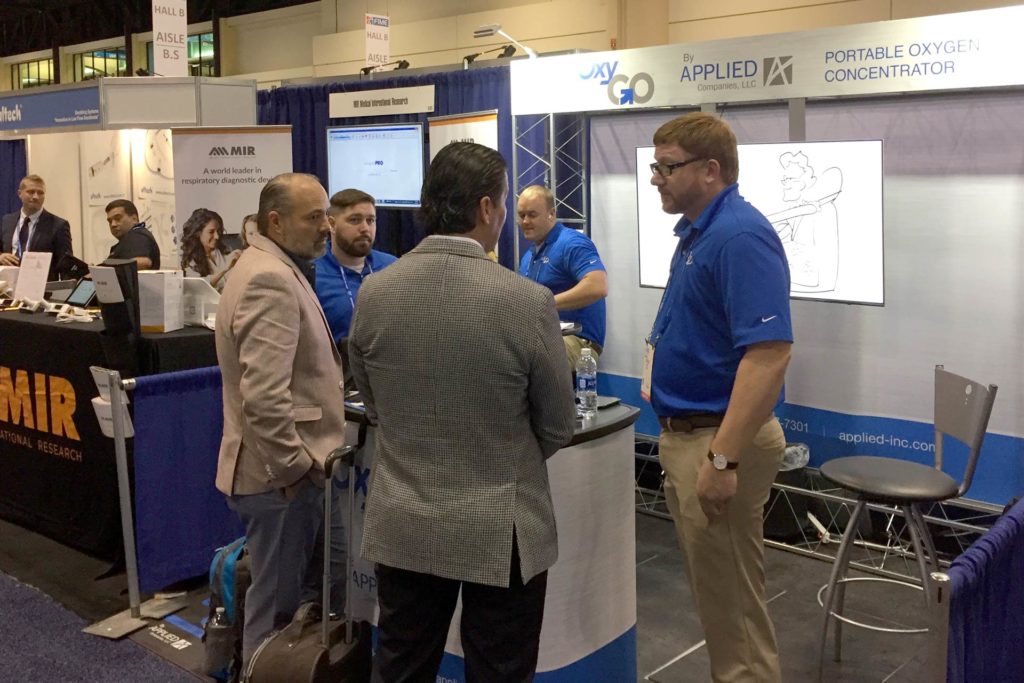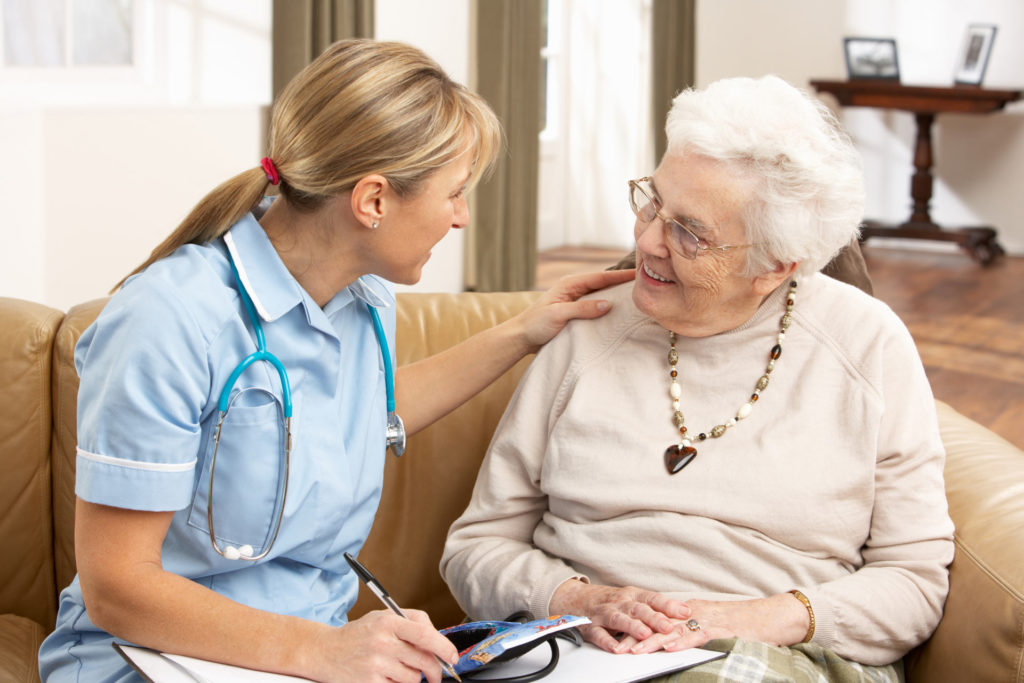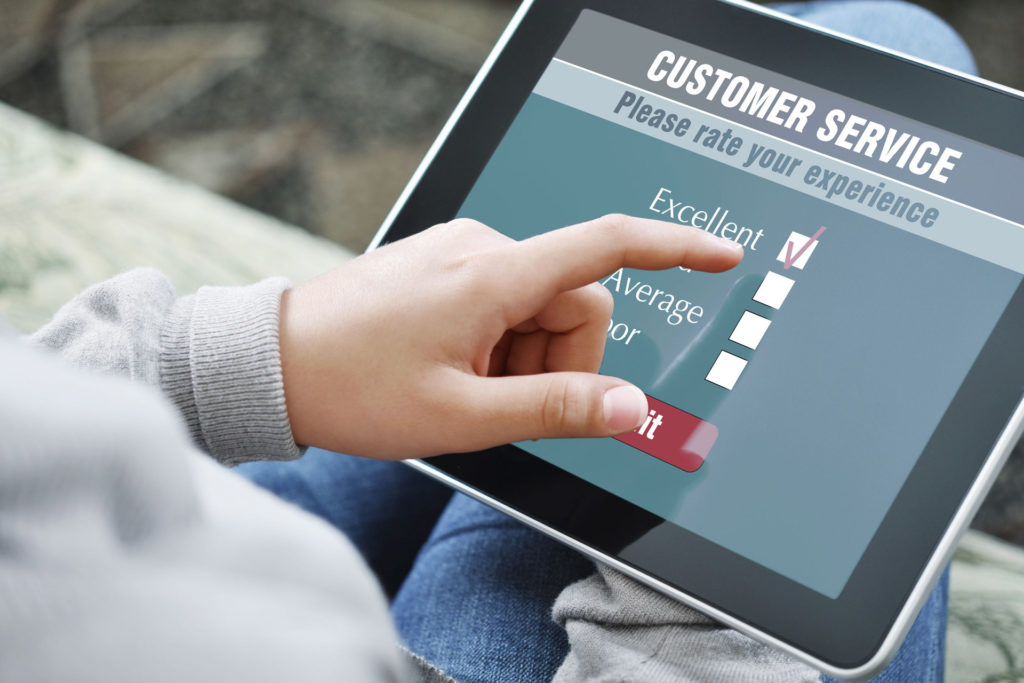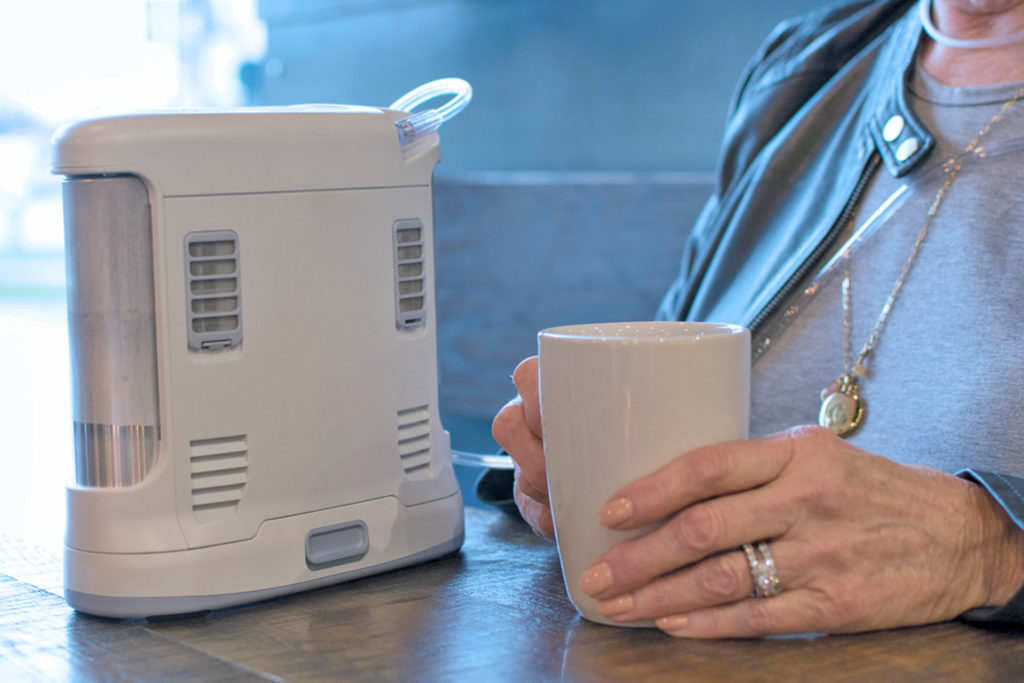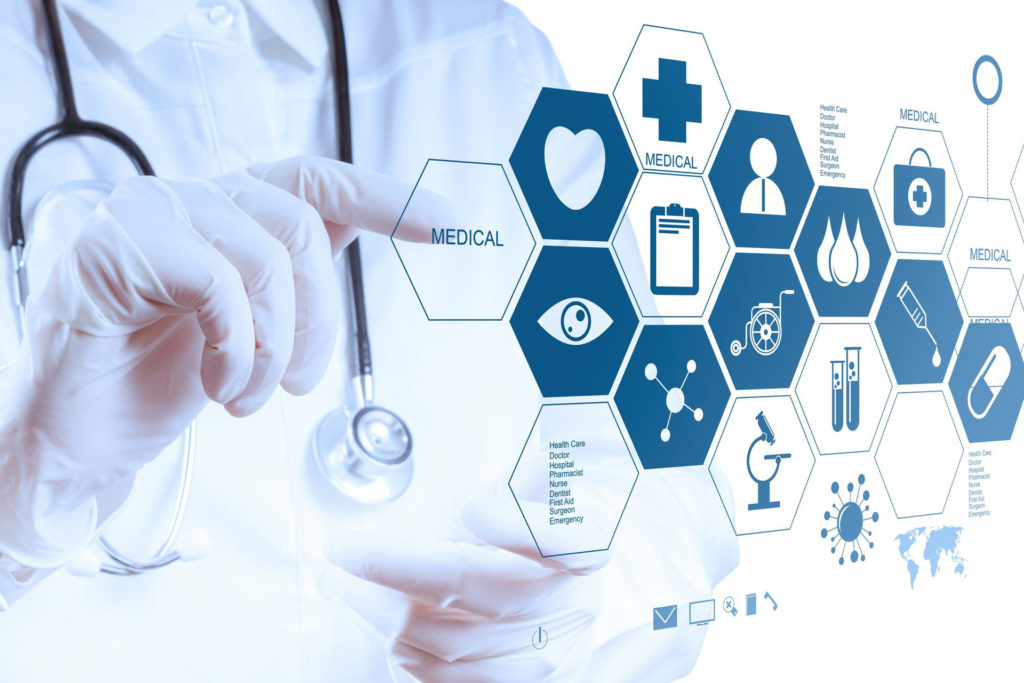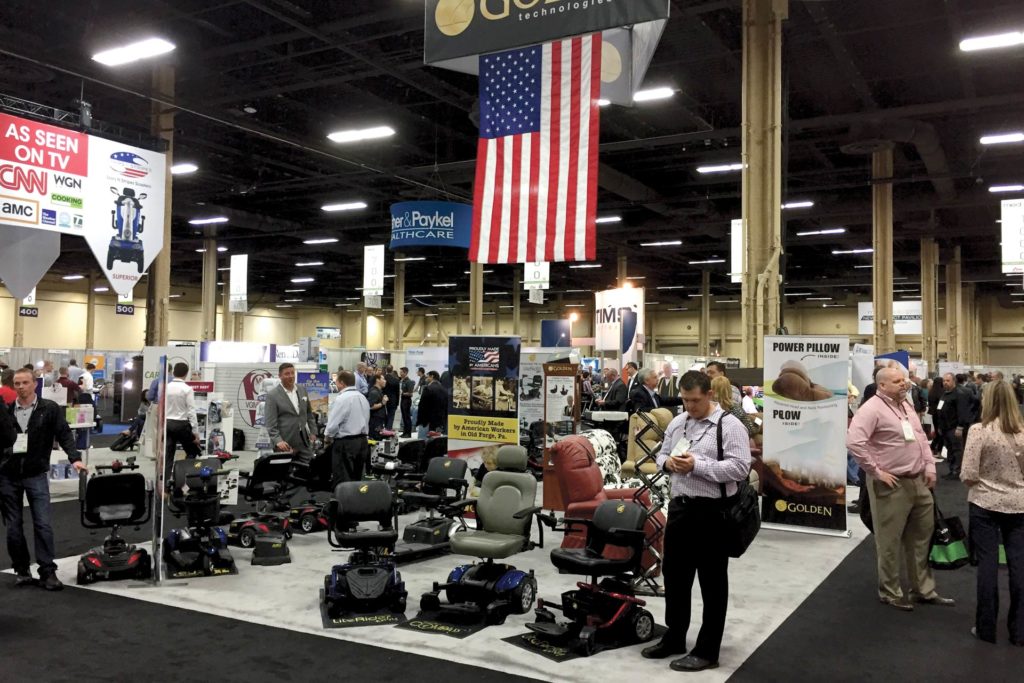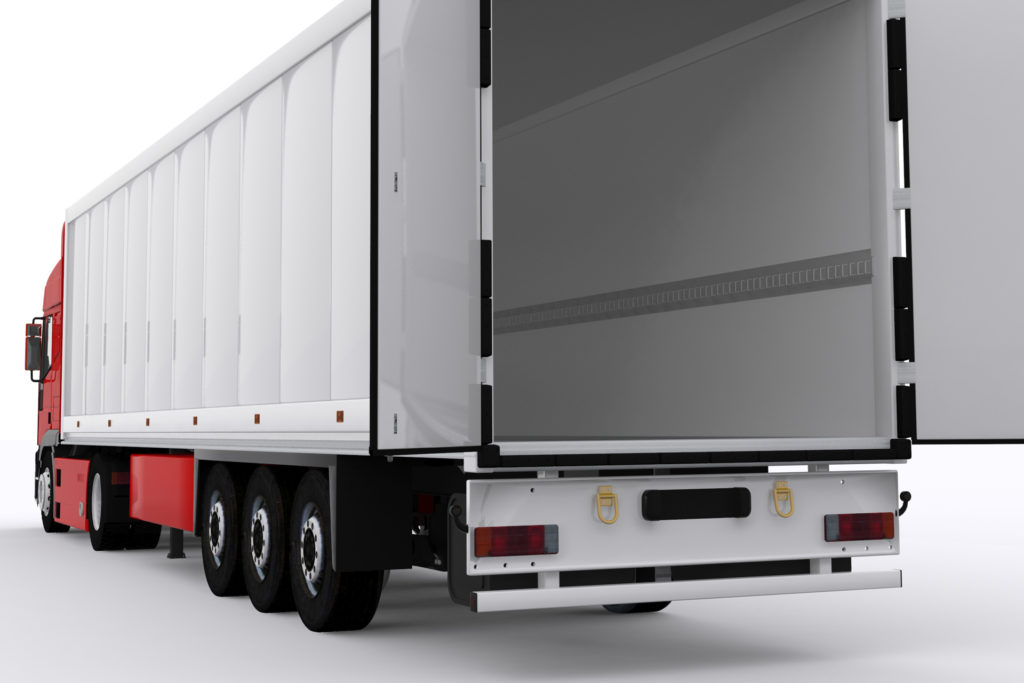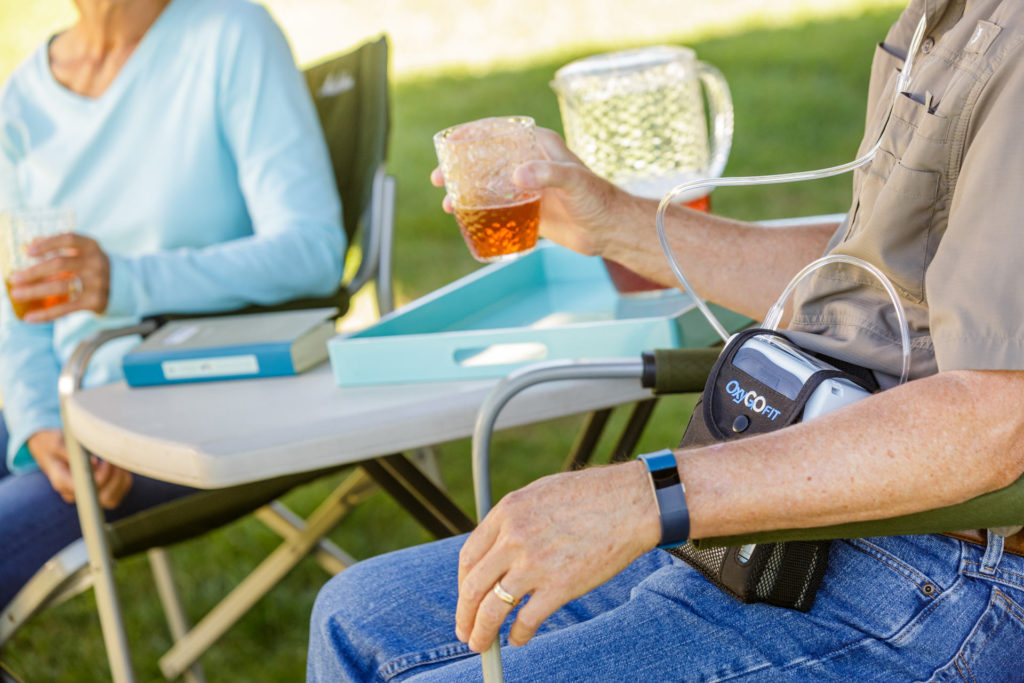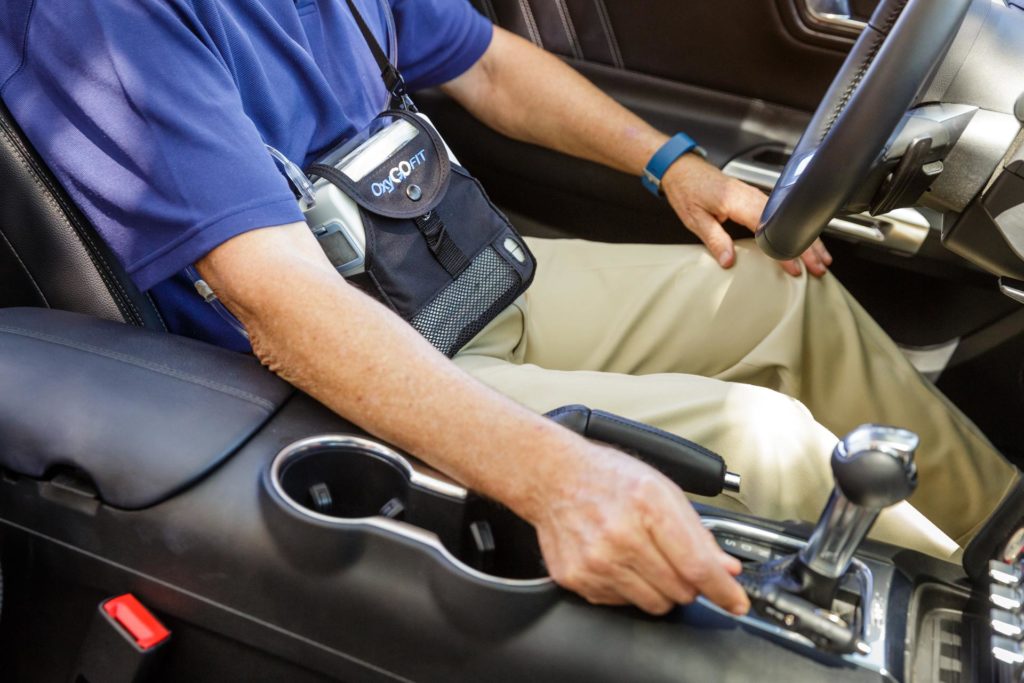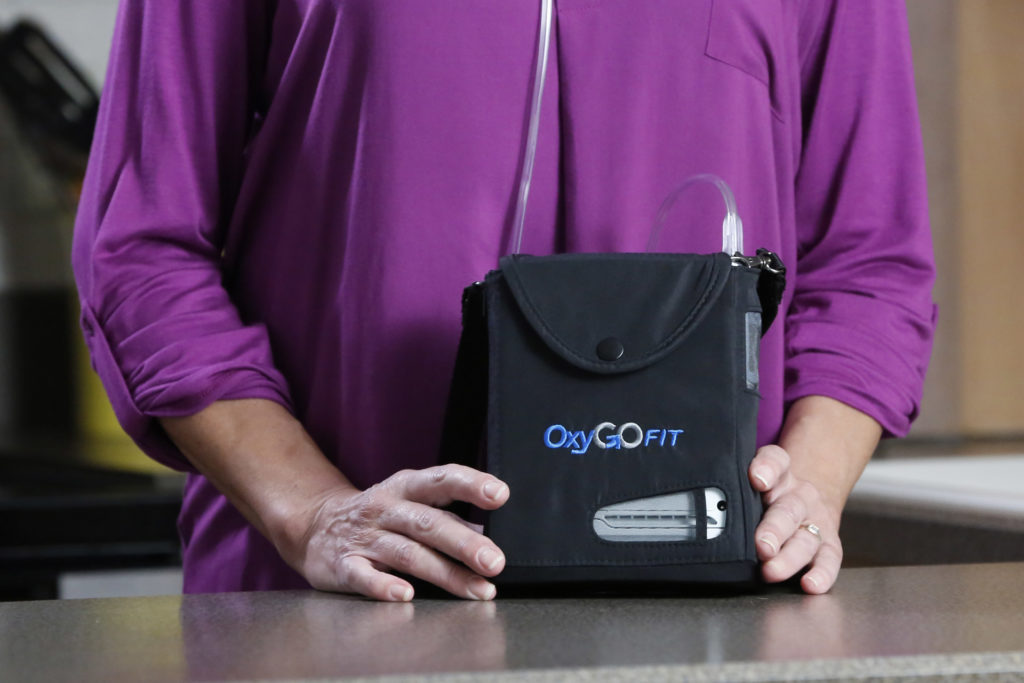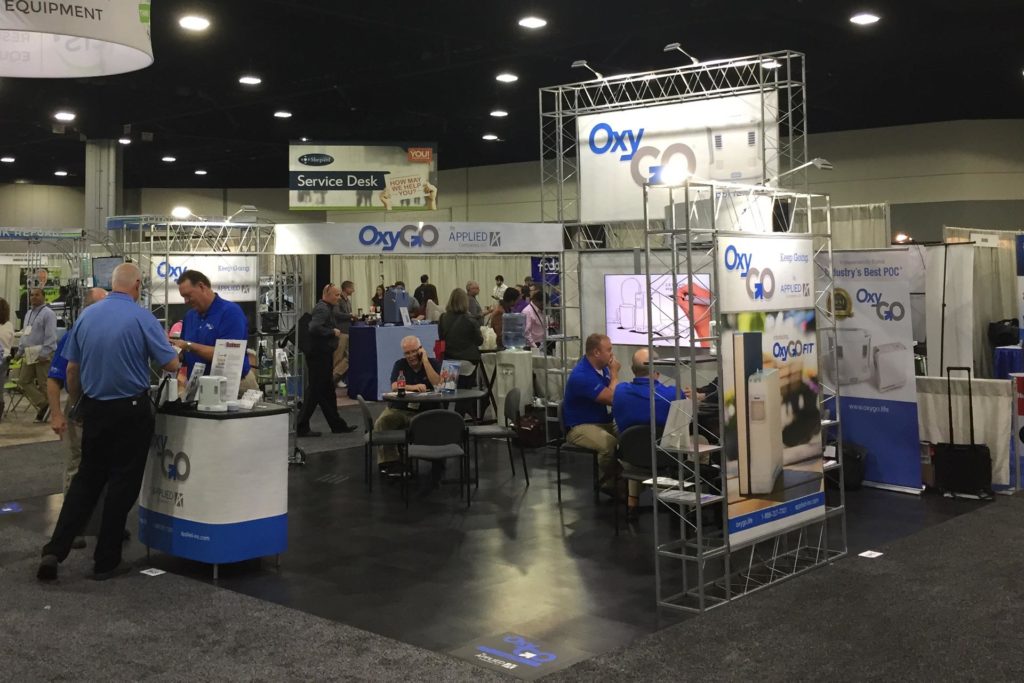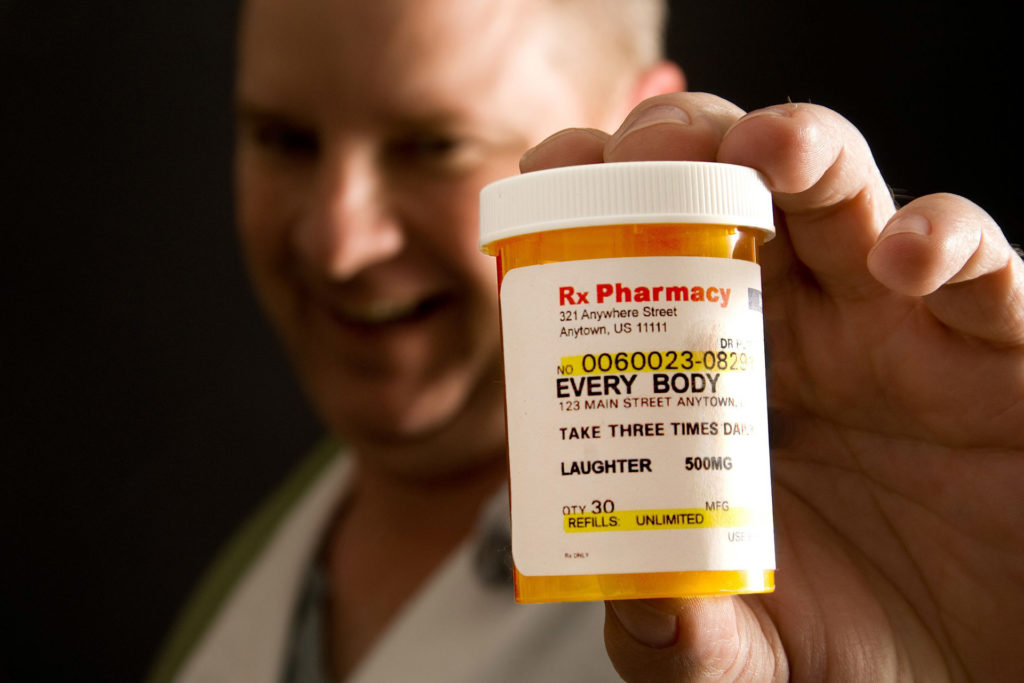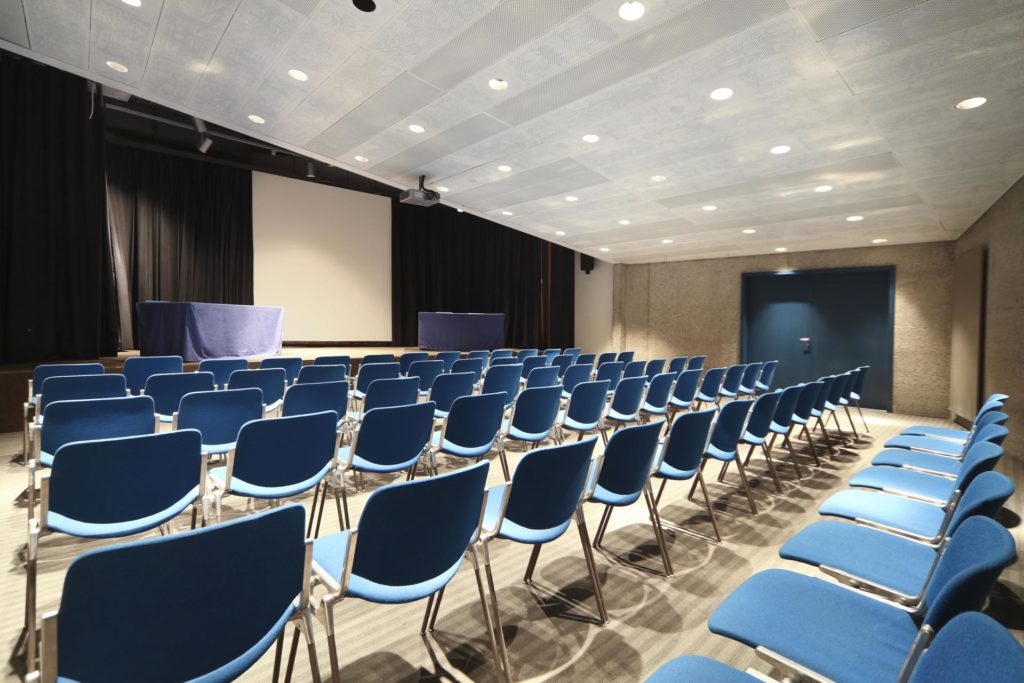Category: Technology
How Technology Can Enhance Growth at Home and at Work
June 8, 2019 – By Dave Marquard, WEMCO Tech Chair Curiosity has often driven me to action. In 1982 I purchased one of the world’s first portable computers, the Osborne 1. It weighed almost 25 pounds and didn’t have an on-board battery. It had to be plugged into a wall outlet to power up and use. However, it was still classified as a portable computer because it could be hand-carried. The Osborne 1 shipped with a large bundle of software worth almost as much as the computer. That software included some of the most powerful and pioneering programs of the day such as D-Base2 for data sorting; SuperCal, an early spreadsheet, and WordStar, a leading word processor application that had a dominant market share that lasted until the mid-1980s. I was a young VP at a small welding equipment manufacturing company, which while a market leader in its small niche, could never seem to break out of a slow growth cycle. My new “computer aided” ability to process large amounts of data, prepare “what if” scenarios, and then sum it all up quickly in a word-processed proposal, was enormously helpful. It enabled me to make a positive contribution to the company that impressed my superiors, peers, and subordinates. The Osborne 1 enabled us to form teams that used its data enhancing speed benefits to efficiently develop ne
OxyGo Announces Launch of OxyGo FIT Connect
FOR IMMEDIATE RELEASE: February 19, 2019 Orlando, FL: OxyGo LLC, a leader in the portable oxygen concentrator market announced the launch of their new Bluetooth enabled POC today. OxyGo FIT Connect will allow healthcare providers to improve patient outcomes through a new wireless connectivity platform using Bluetooth technology. The platform includes a provider dashboard and mobile application for patient use through mobile devices. The My OxyGo Provider Dashboard will work with the My OxyGo App to provide real-time monitoring that will aid in troubleshooting, concentrator health checks, preventative maintenance and geo-locating of patient’s POCs. Both providers and patients will be able to check battery life, column life, oxygen purity and more with the touch of a button! “We are proud to introduce the OxyGo FIT Connect to the provider market. The new Bluetooth enabled unit and patient app, in conjunction with a provider focused and designed back end will improve patient outcomes by allowing patients and providers to communicate in real-time about their POC,” says Victoria Marquard-Schultz, CEO of OxyGo. “Patients on oxygen are always concerned about their next breath, and providers now will be able to ensure the patients are getting their required oxygen prescription… regardless of where in the world the pa
Telepresence Robots Are Changing the Way We Work
“Beam me up, Scotty” You are probably familiar with this iconic catchphrase that made its way into the popular culture from the science fiction television series Star Trek. It was pure fiction in those days. Today, with telepresence robots, technology allows us to “beam up” images of people, places and things that can save thousands of dollars for healthcare companies. Pay attention to this awesome technology—those who use it will have a huge competitive advantage over those who don’t. Today at OxyGo and the Applied Companies, we use telepresence robots in our offices, plants, and even trade shows. We wonder how we worked before we had them. Telepresence robots allow our team members, wherever they are in the world, to attend important meetings, brainstorm, make decisions, develop new products or services, etc., as if they were there in person. They have saved us an enormous amount of one of the most precious and valuable of competitive resources: time. Here’s a real-life example. Telepresence robots have allowed me, and others in my company, to participate in morning meetings in Cleveland, Orlando, and Charlotte and then pop up and greet customers at the Medtrade show in Las Vegas, all in the same day. Speed of implementation, a key competitive advantage, is accelerated becaus
2018 Med-Tech Trends
Technology continues to transform every industry—and home healthcare is no exception. As new medical tech trends continue to emerge, it can be difficult to stay up-to-date on all of them. Here are a few of the most impactful trends to keep an eye on as fast-developing healthcare technology accelerates marketplace change. Hi-tech healthcare innovations that improve patients’ lives may be an opportunity for DMEs to further diversity their product offerings. Consider, for example, cash product sales related to diabetes that are now available and in the development pipeline. It has been estimated that 86% of all healthcare spending goes to patients with one or more chronic medical condition. At recent Medtrade shows, diabetic supplies—especially continuous glucose monitoring devices (CGM)—have drawn increased provider interest as cash sales items. These include glucose meters where competition appears to be fierce. There are more than 90 different types and brands available. Several Medtrade booths have recently displayed glucose meters. Expect to see more companies marketing diabetic related products exhibit at future Medtrade shows. Products reported under development in the diabetic pipeline include: Patch pumps for type 2 diabetic insulin users Infusion set improvements. They are needed to get insulin in a pump from the cartridge to just under the skin. User friendly delivery metho
Telehealth: The Future is Here
The future is now for DME’s keeping up with the latest advances in healthcare technology, especially in the area of telehealth. The big elephant in the room is when will insurance companies and Medicare reimbursement policies catch up with today’s already available technology? To make health care more accessible for the 60 million residents of rural America, The Health Resources Services Administration (HRSA) funds programs that integrate and streamline existing rural health care institutions and aid in the recruitment and retention of physicians in rural hospitals and clinics. HRSA’s telehealth program uses information technology to link isolated rural practitioners to medical institutions over great distances. HRSA defines telehealth as the use of electronic information and telecommunications technologies to support long-distance clinical health care, patient and professional health-related education, public health and health administration. Telecommunication technologies include terrestrial and wireless communications, computers and internet, teleconferencing, video conferencing, and streaming media to name a few. Telehealth is different from telemedicine in that telemedicine specifically deals with remote clinical healthcare services whereas telehealth refers to a broader scope of non-clinical information such as continuing medical education, provider training and administrative meetings, as well as the clinical services. The advantages o
Blog - Technology
Category: Technology
How Technology Can Enhance Growth at Home and at Work
June 8, 2019 – By Dave Marquard, WEMCO Tech Chair Curiosity has often driven me to action. In 1982 I purchased one of the world’s first portable computers, the Osborne 1. It weighed almost 25 pounds and didn’t have an on-board battery. It had to be plugged into a wall outlet to power up and use. However, it was still classified as a portable computer because it could be hand-carried. The Osborne 1 shipped with a large bundle of software worth almost as much as the computer. That software included some of the most powerful and pioneering programs of the day such as D-Base2 for data sorting; SuperCal, an early spreadsheet, and WordStar, a leading word processor application that had a dominant market share that lasted until the mid-1980s. I was a young VP at a small welding equipment manufacturing company, which while a market leader in its small niche, could never seem to break out of a slow growth cycle. My new “computer aided” ability to process large amounts of data, prepare “what if” scenarios, and then sum it all up quickly in a word-processed proposal, was enormously helpful. It enabled me to make a positive contribution to the company that impressed my superiors, peers, and subordinates. The Osborne 1 enabled us to form teams that used its data enhancing speed benefits to efficiently develop ne
OxyGo Announces Launch of OxyGo FIT Connect
FOR IMMEDIATE RELEASE: February 19, 2019 Orlando, FL: OxyGo LLC, a leader in the portable oxygen concentrator market announced the launch of their new Bluetooth enabled POC today. OxyGo FIT Connect will allow healthcare providers to improve patient outcomes through a new wireless connectivity platform using Bluetooth technology. The platform includes a provider dashboard and mobile application for patient use through mobile devices. The My OxyGo Provider Dashboard will work with the My OxyGo App to provide real-time monitoring that will aid in troubleshooting, concentrator health checks, preventative maintenance and geo-locating of patient’s POCs. Both providers and patients will be able to check battery life, column life, oxygen purity and more with the touch of a button! “We are proud to introduce the OxyGo FIT Connect to the provider market. The new Bluetooth enabled unit and patient app, in conjunction with a provider focused and designed back end will improve patient outcomes by allowing patients and providers to communicate in real-time about their POC,” says Victoria Marquard-Schultz, CEO of OxyGo. “Patients on oxygen are always concerned about their next breath, and providers now will be able to ensure the patients are getting their required oxygen prescription… regardless of where in the world the pa
Telepresence Robots Are Changing the Way We Work
“Beam me up, Scotty” You are probably familiar with this iconic catchphrase that made its way into the popular culture from the science fiction television series Star Trek. It was pure fiction in those days. Today, with telepresence robots, technology allows us to “beam up” images of people, places and things that can save thousands of dollars for healthcare companies. Pay attention to this awesome technology—those who use it will have a huge competitive advantage over those who don’t. Today at OxyGo and the Applied Companies, we use telepresence robots in our offices, plants, and even trade shows. We wonder how we worked before we had them. Telepresence robots allow our team members, wherever they are in the world, to attend important meetings, brainstorm, make decisions, develop new products or services, etc., as if they were there in person. They have saved us an enormous amount of one of the most precious and valuable of competitive resources: time. Here’s a real-life example. Telepresence robots have allowed me, and others in my company, to participate in morning meetings in Cleveland, Orlando, and Charlotte and then pop up and greet customers at the Medtrade show in Las Vegas, all in the same day. Speed of implementation, a key competitive advantage, is accelerated becaus
2018 Med-Tech Trends
Technology continues to transform every industry—and home healthcare is no exception. As new medical tech trends continue to emerge, it can be difficult to stay up-to-date on all of them. Here are a few of the most impactful trends to keep an eye on as fast-developing healthcare technology accelerates marketplace change. Hi-tech healthcare innovations that improve patients’ lives may be an opportunity for DMEs to further diversity their product offerings. Consider, for example, cash product sales related to diabetes that are now available and in the development pipeline. It has been estimated that 86% of all healthcare spending goes to patients with one or more chronic medical condition. At recent Medtrade shows, diabetic supplies—especially continuous glucose monitoring devices (CGM)—have drawn increased provider interest as cash sales items. These include glucose meters where competition appears to be fierce. There are more than 90 different types and brands available. Several Medtrade booths have recently displayed glucose meters. Expect to see more companies marketing diabetic related products exhibit at future Medtrade shows. Products reported under development in the diabetic pipeline include: Patch pumps for type 2 diabetic insulin users Infusion set improvements. They are needed to get insulin in a pump from the cartridge to just under the skin. User friendly delivery metho
Telehealth: The Future is Here
The future is now for DME’s keeping up with the latest advances in healthcare technology, especially in the area of telehealth. The big elephant in the room is when will insurance companies and Medicare reimbursement policies catch up with today’s already available technology? To make health care more accessible for the 60 million residents of rural America, The Health Resources Services Administration (HRSA) funds programs that integrate and streamline existing rural health care institutions and aid in the recruitment and retention of physicians in rural hospitals and clinics. HRSA’s telehealth program uses information technology to link isolated rural practitioners to medical institutions over great distances. HRSA defines telehealth as the use of electronic information and telecommunications technologies to support long-distance clinical health care, patient and professional health-related education, public health and health administration. Telecommunication technologies include terrestrial and wireless communications, computers and internet, teleconferencing, video conferencing, and streaming media to name a few. Telehealth is different from telemedicine in that telemedicine specifically deals with remote clinical healthcare services whereas telehealth refers to a broader scope of non-clinical information such as continuing medical education, provider training and administrative meetings, as well as the clinical services. The advantages o


